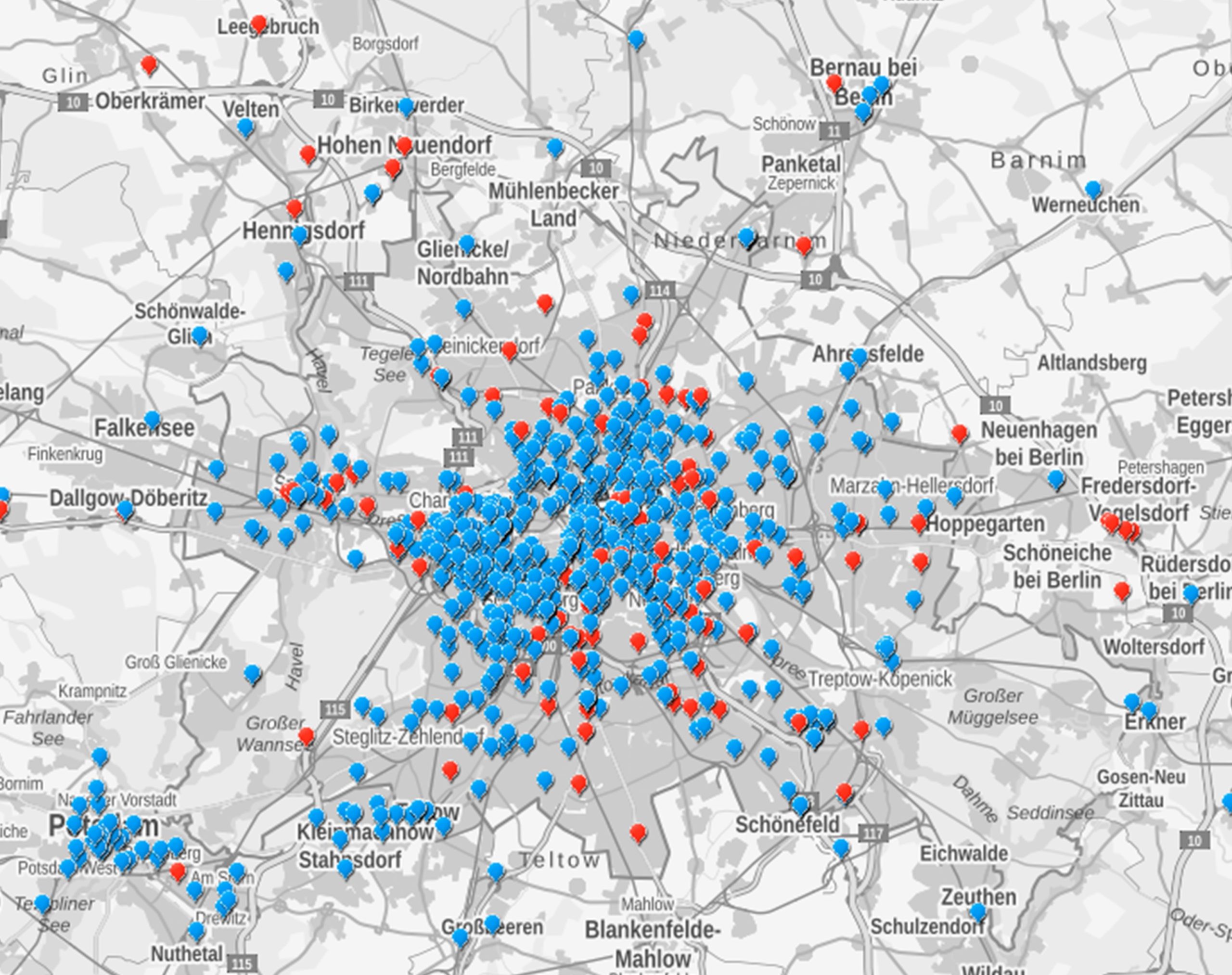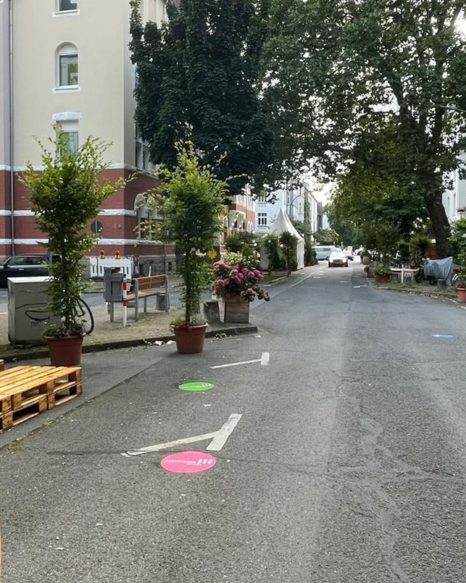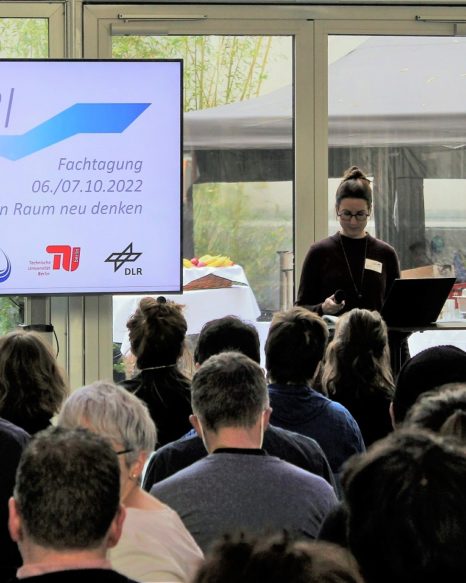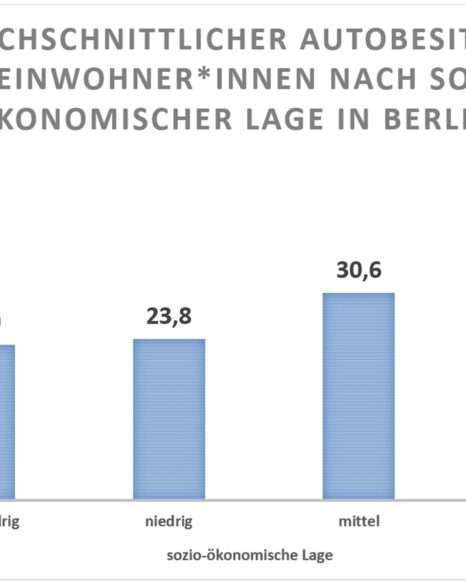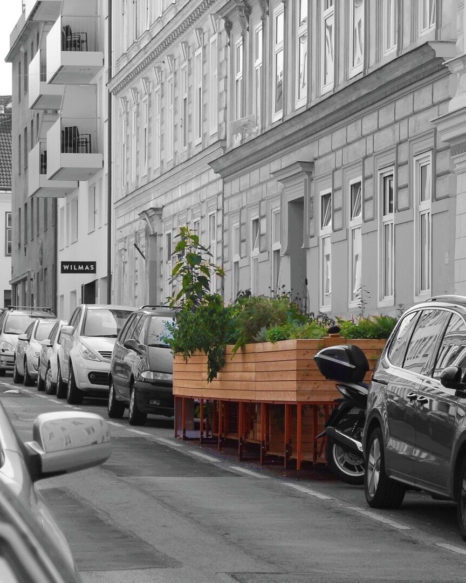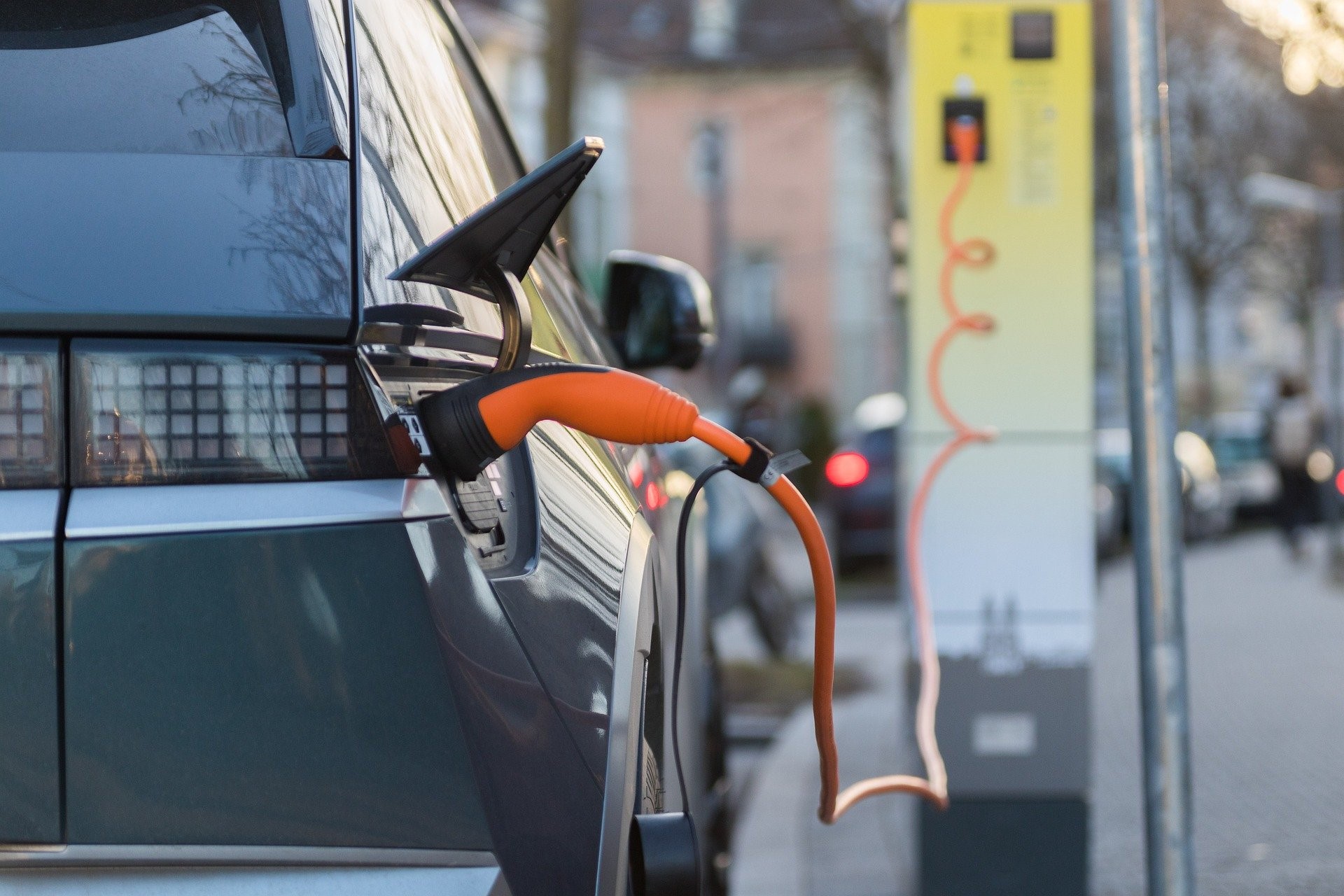
Footnotes
| ↑1 | It is important to note that current studies point out that the stated target year 2045, and thus also the measures formulated in the Energy Transition Act, are not sufficient to stay below the 1.5°C limit (see Rahmstorf, S. et al. (2019): Kipppunkte im Klimasystem: Eine kurze Übersicht. At: http://www.pik-potsdam.de/~stefan/Publications/KipppunkteimKlimasystem-Update2019.pdf [26.10.2021] |
|---|---|
| ↑2 | CO2e (or carbon dioxide equivalents) indicates how much a greenhouse gas contributes to global warming in a given period of time compared to the same amount of CO2. |
| ↑3 | The current figure is 5.2 Mt CO2e. Accordingly, the absolute reduction, measured against today's 5 Mt, would even be 7.8 Mt CO2e, taking into account the current trend. At: https://www.ioew.de/publikation/berlin_paris_konform_machen [26.10.2021] |
| ↑4 | Hirschl, B. et al. (2021): Berlin Paris-konform machen. Eine Aktualisierung der Machbarkeitsstudie „Klimaneutrales Berlin 2050“ mit Blick auf die Anforderungen aus dem UN-Abkommen von Paris. p. 184. At: https://www.ioew.de/projekt/berlin_paris_konform_machen_aktualisierung_der_machbarkeitsstudie_klimaneutrales_berlin_2050 [26.10.2021] |
| ↑5 | Ibid. S.13 and 174. |
| ↑6 | Sikder, S.K. et al. (2018): Halten Sie die Augen nach einer Ladestation offen! – Die E-Ladestations-Infrastruktur in Deutschland: eine räumliche Analyse. At: https://gispoint.de/fileadmin/user_upload/paper_gis_open/AGIT_2018/537647028.pdf [26.10.2021] |
| ↑7 | https://www.vda.de/vda/de/themen/elektromobilitaet/ladenetz-ranking/ladesaeulenregister [26.10.2021] |
| ↑8 | Mobilitätsatlas. Daten und Fakten für die Verkehrswende. (2019). Heinrich Böll Stiftung und VCD. At: https://www.boell.de/sites/default/files/2020-10/mobilitaetsatlas2019_II.pdf?dimension1=ds_mobilitaetsatlas [17.11.2021] |
| ↑9 | It should be noted that a high population density per m2 is not necessarily harmful to the climate. |
| ↑10 | Strößenreuther, H. (2014): Wem gehört die Stadt? Der Flächen-Gerechtigkeits-Report. Mobilität und Flächengerechtigkeit. Eine Vermessung Berliner Straßen. At: https://www.clevere-staedte.de/files/tao/img/blog-news/dokumente/2014-08-05_Flaechen-Gerechtigkeits-Report.pdf [17.11.2021] |
| ↑11 | Senatsverwaltung für Umwelt, Verkehr und Klimaschutz (2020): Mobilität in Berlin: Die Verkehrswende gewinnt an Fahrt. At: https://www.berlin.de/sen/uvk/presse/pressemitteilungen/2020/pressemitteilung.906382.php [17.11.2021] |
| ↑12 | Randelhoff, M. (2014): Vergleich unterschiedlicher Flächeninanspruchnahmen nach Verkehrsarten (pro Person). At: https://www.zukunft-mobilitaet.net/78246/analyse/flaechenbedarf-pkw-fahrrad-bus-strassenbahn-stadtbahn-fussgaenger-metro-bremsverzoegerung-vergleich/ [03.09.2021] |
| ↑13 | Follmer, R. & Gruschwitz, Dana (2019): Mobilität in Deutschland – MiD Kurzreport. Ausgabe 4.0. Studie von infas, DLR, IVT und infas 360 im Auftrag des Bundesministers für Verkehr und digitale Infrastruktur. At: http://www.mobilitaet-in-deutschland.de/pdf/infas_Mobilitaet_in_Deutschland_2017_Kurzreport_DS.pdf [17.11.2021] |
| ↑14 | Umweltbundesamt (2017): Die Stadt für Morgen. Umweltschonend mobil – lärmarm – grün – kompakt – durchmischt. At: https://www.umweltbundesamt.de/sites/default/files/medien/421/publikationen/20170505_stadt_von_morgen_2_auflage_web.pdf [17.11.2021] |
| ↑15 | SPD, Bündnis 90/Die Grünen, Die Linke (2021): Entwurf zur Beschlussfassung des Koalitionsvertrages zwischen Sozialdemokratische Partei Deutschlands (SPD) Landesverband Berlin und Bündnis 90/Die Grünen Landesverband Berlin und Die Linke Landesverband Berlin über die Bildung einer Landesregierung für die Legislaturperiode 2021-2026. At: https://spd.berlin/media/2021/11/Koalitionsvertrag-Zukunftshauptstadt-Berlin.pdf [06.12.2021] |
| ↑16 | Frenzel, I.; Jarass, J.; Trommler, S. & Lenz, B. (2015): Erstnutzer von Elektrofahrzeugen in Deutschland. Nutzerprofile, Anschaffung, Fahrzeugnutzung. DLR Institut für Verkehrsforschung. At: https://elib.dlr.de/96491/1/Ergebnisbericht_E-Nutzer_2015.pdf [03.09.2021] |


